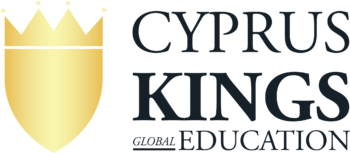Networking
November 16, 2023 2023-11-16 16:19Networking
About the course
A computer network is a set of computers sharing resources located on or provided by network nodes. The computers use common communication protocols over digital interconnections to communicate with each other. These interconnections are made up of telecommunication network technologies, based on physically wired, optical, and wireless radio-frequency methods that may be arranged in a variety of network topologies. The nodes of a computer network can include personal computers, servers, networking hardware, or other specialised or general-purpose hosts. They are identified by network addresses, and may have hostnames. Network addresses serve for locating and identifying the nodes by communication protocols such as the Internet Protocol.
Course Outline:
- Introduction To Networks
- Clients And Servers
- Networking Topology
- Network Types
- Rack Mount Servers
- The Open Systems Interconnection Model
- Osi Reference Model
- Connections And Wiring Standards
- Cable Characteristics
- Rj45 Wiring Standards
- Introduction To Ethernet
- Network Interface Card (Nic)
- Wireless Access Points (Wap)
- Dynamic Host Configuration Protocol (Dhcp)
- Internet Protocol (Ip)
Requirements:
- Completed Application form
- Higher/Secondary Certificate or equivalents (e.g., O/A’Level, WAEC/NECO)
- Must be at least 18 years of age and or below 27 years of age
- Evidence of English Language competence: TOEFL (65 IBT) or IELTS (5.5) or English Grade C+ (Secondary Transcript). Students without these documents will take the English proficiency exam on campus following their arrival.
- Scanned copy of international passport
- Two passport size photos


